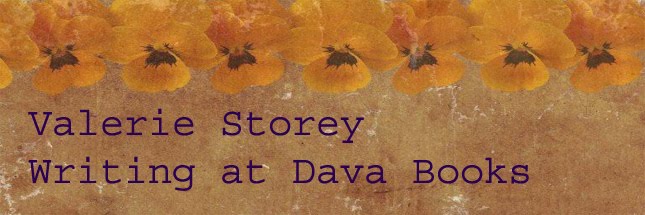For today's post I thought I'd share how one of my goals for the year is going: Use one art book at a time completing ALL the lessons.
The book I'm starting with is How to Draw Buildings, by Ian Sidaway. I chose it for a number of reasons:
- It dovetails nicely with my other art goal and theme of drawing and painting doorways, especially those connected with my current WIP, Ghazal.
- It give me a good foundation (no pun intended) for my weekend outings with Urban Sketchers.
- I really, really want to learn how to use perspective better/correctly.
- Being familiar with buildings and architectural detail will help me with some ideas I'm tossing around for illustrating picture books.
- The more buildings I draw for practice, the easier it will be to sketch in my travel journals.
- And more than anything, I just love buildings!
I particularly like the way this book is structured. Each lesson is divided into three: first is the main example with several pages of instructions followed by the suggestion to "Try Another Medium," and ending with a third prompt, "Try Another Building."
The first chapter, and the one I've completed, is all about drawing simple small houses, beginning with graphite on white paper. I used a new 9 x 12 inch Strathmore Recycled 400 series sketchbook I bought for just this purpose:
Once I'd finished the drawing, I then moved on to Part II: try another medium. For this I chose to use an ultrafine black Sharpie on a heavier sketchbook page (Strathmore Visual Journal) that I had already painted with a background using my Japanese Kuretake Gansai Tambi watercolors:
The last section, "Try Another Building" provided a photo of what the book called a "stern little house," which it certainly was. For this piece I chose a sheet of student-grade watercolor paper that I had previously experimented on last year by placing a piece of crumpled wax paper face-down on the surface and then ironing the whole thing with my craft iron. After removing the wax paper and letting the watercolor sheet dry, I then painted it with a light wash of Prang watercolors (my super-favorite, ever-so-cheap but excellent brand for art journaling, etc.). The result was an interesting resist pattern resembling bare tree branches that also matched the photo in this last part of the lesson.
I drew the house and filled in the "trees" with Faber-Castell Polychromos color pencils and white charcoal--doing my best to make the whole thing as stern as possible.
So there you are, three houses, three ways, and all ready for the Three Little Pigs to move in! Another interesting option might be to write a story or vignette based on each of these settings. Anybody want to try?
I've set aside Sunday afternoons to be my "class time" using this and my other how-to books throughout the year. Next Sunday I'll be moving on to Lesson 2 and two-point perspective (the example shown on the cover of the book above). Already I'm feeling nervous which is exactly why I'm using this step-by-step approach. No more just buying books, looking at the pictures, and working on the "easy" parts. Instead, I'm "building up my courage" to go straight through from cover to cover, lesson to lesson. And because I've put that in writing, I'm now honor-bound to stick to my goal! (Taking a deep breath.)
Tip of the Day: What difficult phases of the creative process do you find yourself frequently avoiding and therefore never learning to the degree you want? For me it was never attempting the "advanced" lessons in my art and other reference books. I've found that breaking a task down into easy steps is a good way to overcome and/or work with anxiety. For instance, gathering all your needed supplies for a project a day before you start can be be one step. Setting a timer to work on a portion of the project for just twenty-minutes at a time can be another. Whatever you do, keep in mind that the only way to learn anything is with steady practice, not "instant genius absorption." Good luck and have fun!















